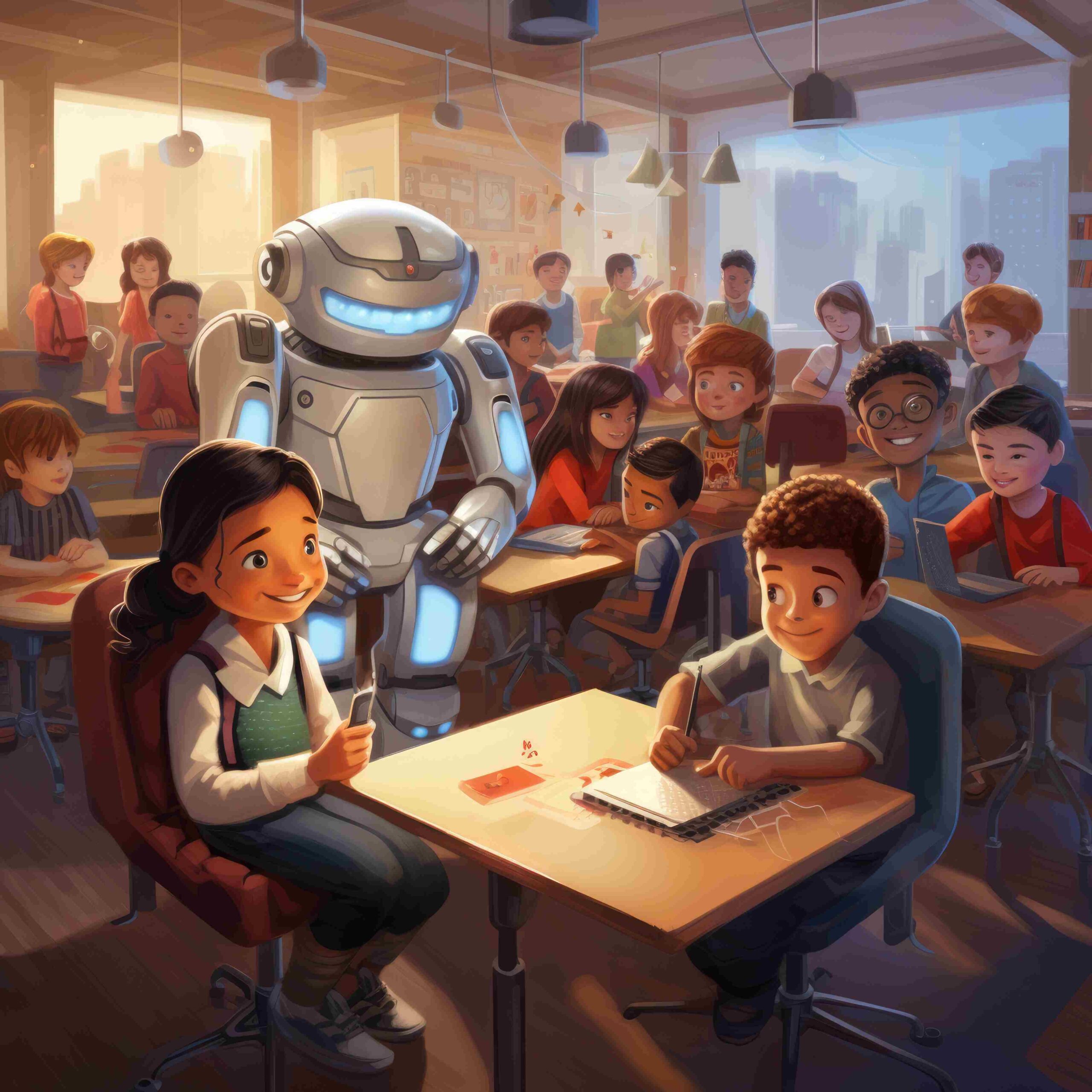The landscape of education has undergone a significant transformation in recent years, with Online School Education in India emerging as a powerful alternative to traditional schooling. While online education has been around for a while, the pandemic catalyzed its growth, making it a core part of India’s education system. Central to this shift is the evolution of curriculum design, which is critical for delivering quality education in the virtual space. In this blog, we will explore how curriculum design has evolved in online schooling in India, the factors influencing this shift, and what the future holds.
The Shift to Online School Education in India
Before diving into curriculum design, it’s essential to understand the context behind the rise of Online School Education in India. The country’s vast population and geographical diversity have always posed challenges in providing uniform access to education. The digital revolution, coupled with a rise in internet penetration, presented an opportunity to overcome these barriers. However, it wasn’t until the global pandemic forced schools to close that the shift to online schooling became a necessity, accelerating its acceptance across the country.
During this transition, traditional curriculums, which were designed for in-person teaching, proved inadequate for the digital learning environment. The need for an online curriculum, customized for a virtual learning experience, became urgent, thus driving the evolution of curriculum design in India’s online education landscape.
Key Elements of Evolving Curriculum Design
Curriculum design in the context of Online School Education in India differs significantly from traditional schooling. While conventional curriculums focus on physical classroom interactions, online education demands a more dynamic, flexible, and interactive approach. Several key elements are driving this evolution:
- Learner-Centric Approach: Online education allows for more personalized learning experiences. The curriculum design has shifted to focus on the needs and pace of individual students. Tools such as AI-based assessments and adaptive learning systems are being integrated to monitor a student’s progress and adjust the content accordingly.
- Blended Learning Models: The best curriculums in online education now incorporate a blend of synchronous (live classes) and asynchronous (self-paced learning) elements. This hybrid approach ensures that students have the flexibility to learn at their own pace while still benefiting from real-time interactions with teachers.
- Interactive and Engaging Content: Online learning platforms are leveraging multimedia—videos, animations, interactive quizzes, and gamified lessons—to keep students engaged. The curriculum has evolved to integrate these digital tools, making learning more immersive and effective, especially for younger students.
- Skill-Based Learning: Online school curriculums are increasingly focusing on skill development alongside traditional academic subjects. Coding, critical thinking, and problem-solving are now part of the core curriculum in many online schools. This focus on skills prepares students for the demands of the 21st-century workforce.
- Continuous Assessments: Unlike traditional schooling, which often relies on periodic examinations, online schools emphasize continuous assessments. Digital platforms can track and evaluate student performance in real time, providing instant feedback. This approach helps in identifying learning gaps early and offers opportunities for immediate corrective action.
Influence of Technology on Curriculum Design
The role of technology cannot be understated when discussing the evolution of curriculum design in Online School Education in India. The availability of educational apps, learning management systems (LMS), and AI-driven analytics has transformed how curriculums are designed and delivered. Online platforms now allow for a modular curriculum structure, enabling educators to break down learning objectives into smaller, more manageable units that can be accessed anytime, anywhere.
For example, platforms offered by the Best Online Schools in India provide interactive learning materials and use AI to tailor the curriculum to each student’s abilities. These platforms are also equipped with progress-tracking features, ensuring that the curriculum adapts to the student’s learning curve. The integration of technology has enabled more responsive and personalized curriculums, unlike traditional static ones.
The Role of India’s Best Online Schools
The success of online school curriculums in India is closely linked to the innovations brought in by India’s Best Online School providers. These institutions have been at the forefront of creating and implementing curriculums specifically tailored to the online format. Here’s how they have influenced the evolution of curriculum design:
- Curriculum Flexibility: India’s Best Online School platforms have introduced curriculums that are modular and flexible, allowing students to progress at their own pace. This approach is particularly beneficial for students in rural areas or those with varying access to technology.
- Collaborative Learning: These schools have designed curriculums that emphasize collaboration among students. Virtual classrooms, group projects, and peer-to-peer discussions have been integrated into the curriculum to mimic the social aspects of traditional schooling, ensuring students don’t miss out on developing interpersonal skills.
- Teacher Training and Curriculum Support: To ensure the effectiveness of the curriculum, the Best Online Schools in India provide specialized training for teachers to adapt to digital teaching tools. They also continuously update their curriculum based on feedback and technological advancements, ensuring that students receive the most relevant and up-to-date education.
Challenges in Curriculum Design for Online School Education in India
Despite the progress, several challenges remain in the evolution of curriculum design for online schools. One of the most significant issues is the digital divide. While urban areas have better internet access, rural students often face connectivity issues, making it difficult to implement a uniform curriculum nationwide. Curriculum designers must account for these disparities and create solutions that can be accessed even in low-bandwidth environments.
Another challenge is ensuring student engagement. Online education lacks the physical presence of a teacher, which can sometimes result in students losing focus. Curriculum designers must incorporate frequent interactive elements and real-time assessments to keep students motivated and engaged.
Moreover, the lack of social interaction in online learning environments can affect the development of social and emotional skills. This gap has prompted curriculum designers to innovate ways to include group projects, virtual discussions, and collaborative exercises to ensure that students still develop these critical skills.
The Future of Curriculum Design in Online School Education in India
Looking ahead, the evolution of curriculum design in Online School Education in India will continue to be shaped by technological advancements and the changing needs of learners. Augmented Reality (AR) and Virtual Reality (VR) could soon become integral to online curriculums, offering students immersive learning experiences in subjects like science, history, and geography.
Additionally, as online education becomes more mainstream, government regulations and standards will play a crucial role in ensuring that curriculums are consistent and of high quality. Initiatives to bridge the digital divide, such as providing free internet access and devices to underprivileged students, will further enhance the reach and effectiveness of online curriculums.
Conclusion
The evolution of curriculum design in Online School Education in India is a testament to how rapidly education can adapt to meet the needs of students in a digital world. The shift from traditional, rigid curriculums to more flexible, engaging, and learner-centric designs has transformed the way students learn in India. With contributions from India’s Best Online School platforms and the incorporation of advanced technology, the future of online education in India looks promising. The ongoing innovation in curriculum design will ensure that students, regardless of their location, have access to a quality education that prepares them for the future.







